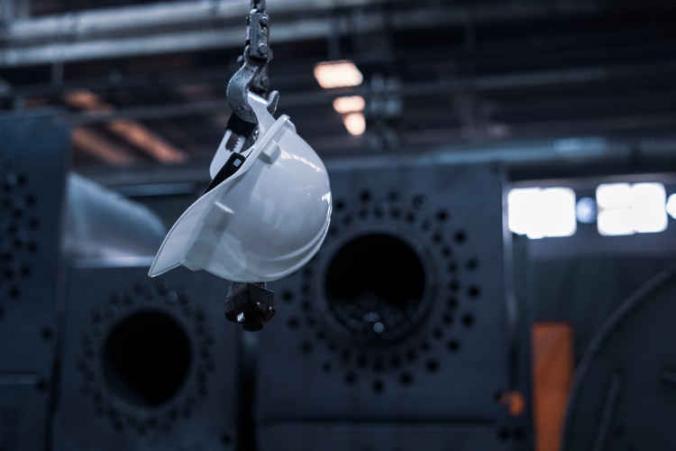The Stay at Work (WA-SAW) program in Washington State is an incentive program for employers. The Department of Labor and Industries (L&I) offers this program to help employers save costs. Specifically, the program allows employers to apply for cost reimbursement after a worker or an employee suffers an injury at work. To get reimbursements, the employer must provide temporary light-duty job to workers while they heal from their work injury.
What is the L&I Stay at Work program?
In short, the WA-SAW program helps employers avoid compensable claims. From my perspective, it’s designed purely to offer cost-saving measures to employers. However, it’s a short-sighted program. Practically speaking, it ignores several real-life challenges for work injury claimants. Furthermore, it often causes more long-term harm than good.
In my opinion, one important issue is that L&I exercises very little oversight of employers that take advantage of WA-SAW. Upon returning to work, many work injury clients face hostile work environments and excessive work performance criticism. Many work injury victims report difficulty maintaining treatment schedules resulting in progress setbacks. Yet, these issues are largely overlooked. In fact, work injury claimants are usually blamed and frequently penalized for various issues that arise. For example, when the employer blames the worker after a light duty job is not working out. This situation can result in termination of time loss compensation benefits.
Making the program more fair for people with workers’ compensation claim
L&I recently announced changes to the WA-SAW program following a Court of Appeals decision. Previously, employers could ask for reimbursement back to the date they sent a light duty job description to the L&I claim doctor for consideration. The Court of Appeals ruled this was not appropriate. Now, employers can only ask for reimbursement as of the date the attending provider approves the light-duty job.
Personally, I believe this is a step in the right direction. However, it does not go far enough. In order for employers to be eligible for WA-SAW incentives, the work injury claimant must be: (a) Limited and unable to perform their regular job due to claim related conditions, and (b) Medically released to perform light-duty work by the attending physician. Both the light duty job description and the attending provider approval must be in writing.
Personal perspective
When done the right way and for the right reasons, the WA-SAW program can benefit employers and workers alike. But, from my standpoint, I often see cases where the employer wants to take advantage of WA-SAW by making a light duty job offer. Frequently, employers fail to follow the steps that they need to take, which are necessary to make the offer valid.
The decision by the Court of Appeals is a good step. It helps ensure that employers that follow the rules and provide appropriate job offers enjoy the WA-SAW benefits. Nonetheless, the program still needs a more worker-centric overhaul to make it fair and maximally beneficial to all parties.


